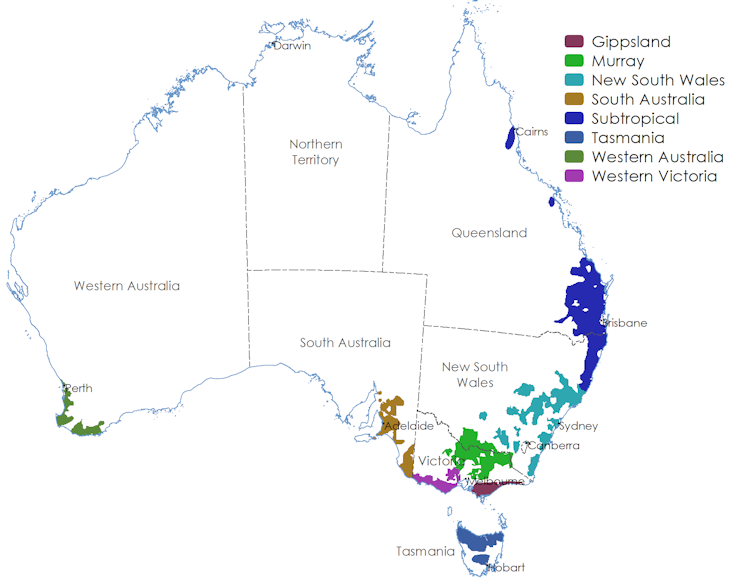what's driving up the price of milk
- Written by Flavio Macau, Associate Dean - School of Business and Law, Edith Cowan University

At the end of 2021, the cost of a litre of home-brand milk in an Australian supermarket was about $1.30[1]. It’s now about $1.60.
What will it cost at the end of 2022? That depends on the continued effect of flooding on prime dairy-production regions in New South Wales, Victoria and Tasmania, as well as on global economic conditions.
The Australian Bureau of Agricultural and Resource Economics and Science has projected a 28% increase[2] in the farm-gate milk price in 2022-23 – to 72.5 cents per litre, a record high. With less milk being produced, it could be even more.
Australia’s dairy regions







